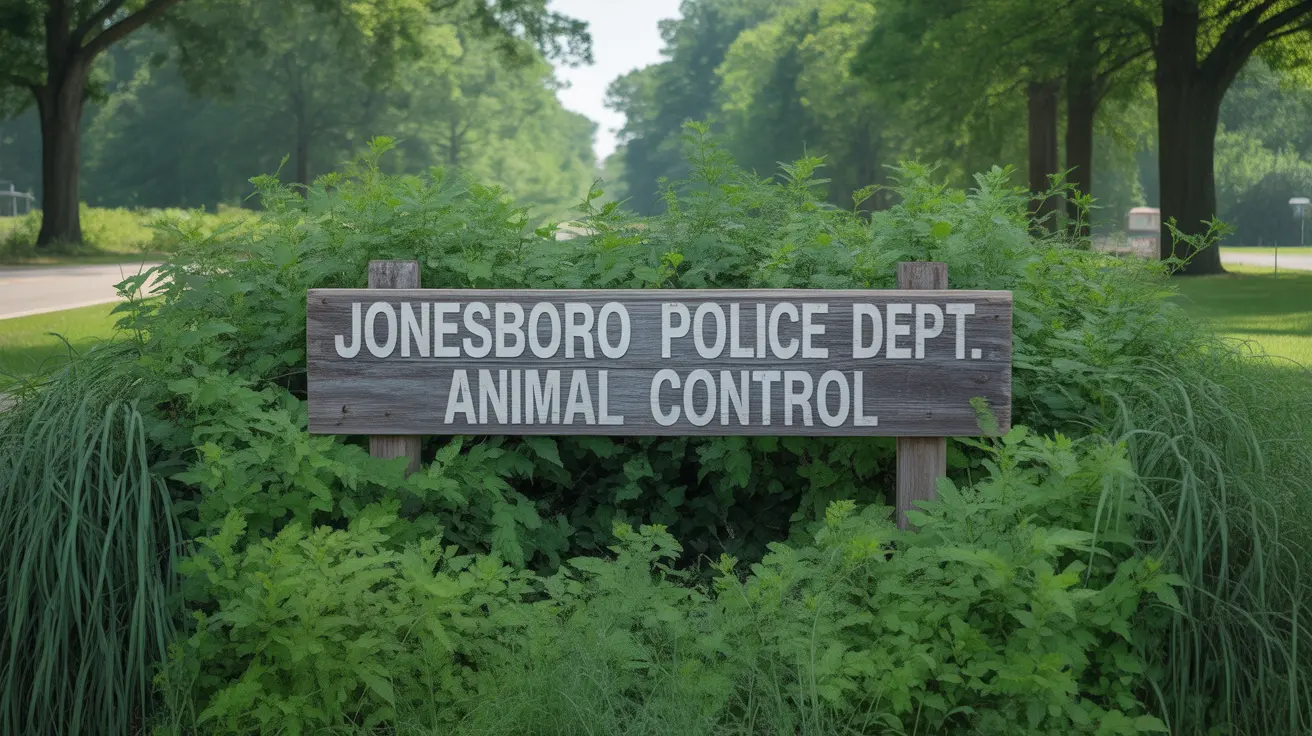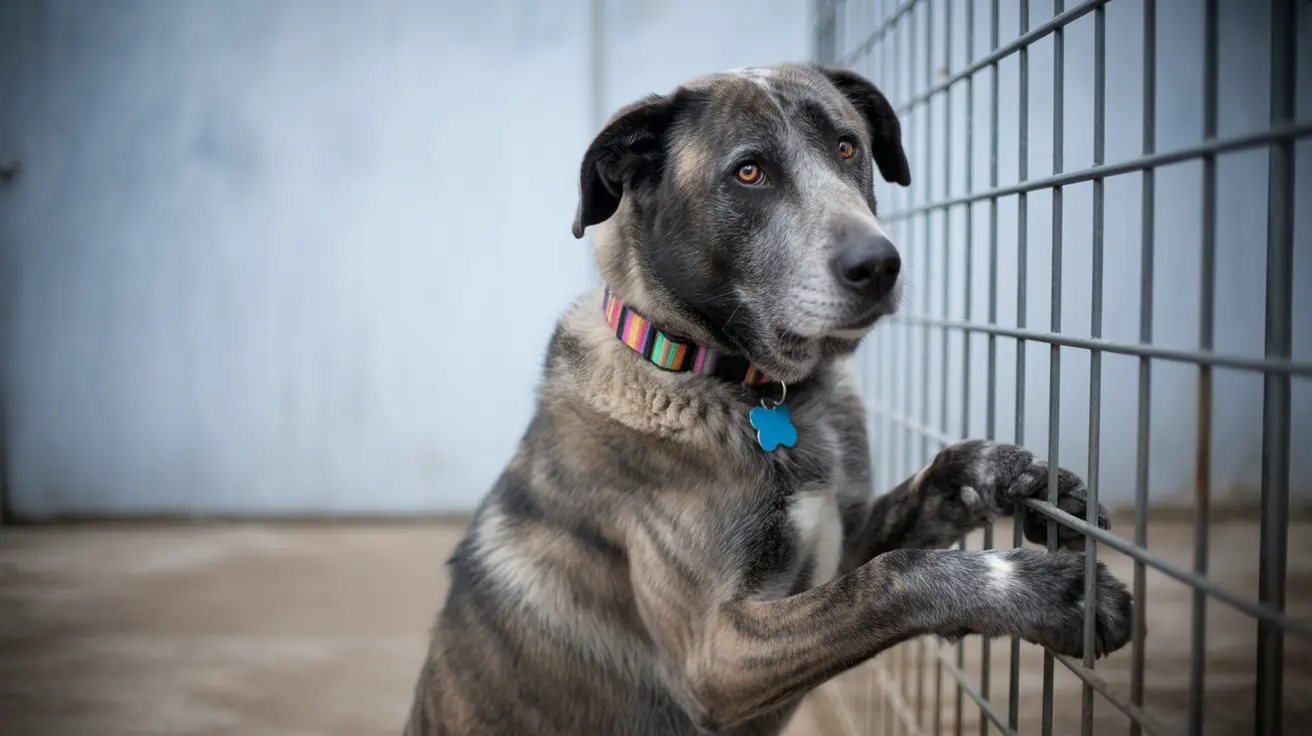When it comes to understanding canine survival without food, the timeline can be both surprising and concerning. While dogs have evolved to handle short periods without meals, prolonged food deprivation can quickly become life-threatening. This comprehensive guide explores the critical timeline of starvation in dogs and the factors that influence their survival.
As responsible pet owners, it's crucial to understand that while dogs can physically survive several days without food, any extended period without eating requires immediate veterinary attention. The stakes are particularly high when considering that different dogs face varying risks based on their age, health status, and other individual factors.
The Timeline of Canine Starvation
The First 24-48 Hours
During the initial period without food, dogs primarily rely on glycogen stores in their liver for energy. Most healthy adult dogs can manage this brief fasting period without serious consequences, though they may show signs of hunger and mild distress.
Days 3-5: Critical Period
By this point, the body begins breaking down fat reserves for energy. This process, known as ketosis, helps sustain vital organs but isn't sustainable long-term. Veterinary intervention becomes crucial if a dog hasn't eaten for more than 48 hours.
Survival Factors and Time Frames
Healthy Adult Dogs
A healthy adult dog can potentially survive 5-7 days without food, provided they have access to water. However, this should never be tested intentionally, as the risk of organ damage increases significantly after 48 hours.
High-Risk Groups
Puppies, senior dogs, and those with pre-existing conditions may face life-threatening complications within just 2-3 days of not eating. Their limited energy reserves and higher metabolic needs make them especially vulnerable.
Warning Signs of Starvation
Early Indicators
- Lethargy and weakness
- Visible weight loss
- Decreased interest in activities
- Changes in behavior
Advanced Symptoms
- Severe muscle wasting
- Organ dysfunction
- Collapse
- Mental disorientation
The Critical Role of Hydration
While dogs can survive days without food, dehydration is far more dangerous. A dog without water access may only survive 2-3 days, making water availability crucial during any period of food deprivation.
Prevention and Emergency Response
If your dog refuses food for more than 24 hours, immediate veterinary care is essential. Never attempt to force-feed a starving dog, as this can lead to dangerous complications including refeeding syndrome.
Frequently Asked Questions
How long can a healthy adult dog survive without food before it becomes life-threatening?
A healthy adult dog can survive 5-7 days without food if they have access to water. However, veterinary attention should be sought after 48 hours of not eating, as this could indicate serious health issues.
What signs indicate that my dog is starving and needs immediate veterinary care?
Key warning signs include significant lethargy, visible weight loss, muscle wasting, weakness, and behavioral changes. Any dog not eating for more than 48 hours requires immediate veterinary attention.
Why is access to water more critical than food for a dog's survival during starvation?
While dogs can survive several days without food, they can only last 2-3 days without water. Dehydration can cause rapid organ failure and death much faster than food deprivation.
How quickly can puppies or sick dogs deteriorate without eating compared to healthy adults?
Puppies and sick dogs can begin experiencing life-threatening complications within 24-48 hours of not eating, compared to 5-7 days for healthy adults, due to their limited energy reserves and higher metabolic needs.
What are the risks of refeeding a dog after a period of starvation, and how should it be done safely?
Refeeding must be done gradually under veterinary supervision to prevent refeeding syndrome, which can cause dangerous electrolyte imbalances and organ failure. Never attempt to refeed a starved dog without professional guidance.
Conclusion
While dogs can physically survive several days without food, any extended period without eating requires immediate veterinary attention. Understanding the timeline and risks of starvation can help pet owners recognize when to seek emergency care and potentially save their dog's life.






